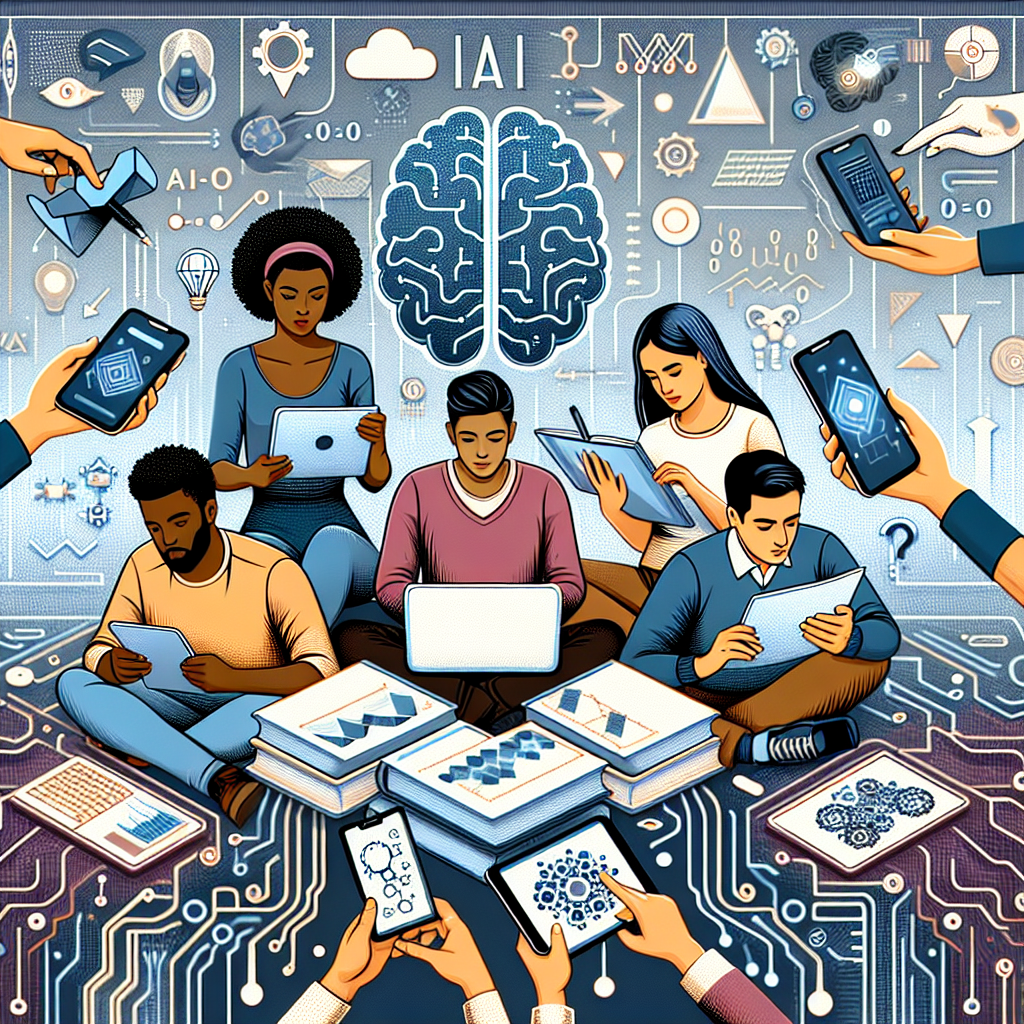In the current digital era, artificial intelligence (AI) leads the charge in technological advancements. For students, grasping AI isn’t just beneficial—it’s essential. This guide aims to clarify AI and its associated technologies, offering students a solid foundation in what AI is, its uses, and its impact across various fields.
What is AI?
Artificial Intelligence signifies the capability of machines to replicate human intelligence. This encompasses learning from experience (machine learning), reasoning, problem-solving, perception, and language understanding. AI can be categorized into several types:
-
Narrow AI: Specialized systems excelling in specific tasks but unable to operate beyond their programmed functions. Chatbots and recommendation systems serve as prime examples.
- General AI: A hypothetical form of AI that can understand, learn, and apply intelligence across diverse tasks, akin to human cognitive abilities.
Key Technologies in AI
To truly grasp AI, it’s vital to delve into its foundational technologies:
1. Machine Learning (ML)
Machine Learning is a branch of AI concentrating on creating systems that learn from data. Key concepts include:
- Supervised Learning: Models are trained on labeled data (input-output pairs), enabling them to predict outcomes for new inputs.
- Unsupervised Learning: Models learn from unlabeled data, identifying patterns and structures without direct feedback.
Practically, ML is applied in areas like image recognition, spam filtering, and personalized recommendations.
2. Deep Learning
Deep Learning, a further subdivision of ML, utilizes neural networks with multiple layers to analyze various data types. It fuels progress in:
- Computer Vision: Empowering machines to understand and make decisions based on visual inputs, fostering advancements in self-driving vehicles and medical imaging.
- Natural Language Processing (NLP): Enabling machines to comprehend and generate human language, crucial for virtual assistants like Siri and Alexa.
3. Robotics
Robotics augmented by AI involves creating intelligent machines capable of performing tasks independently. Applications range from manufacturing robots to drones and automated delivery systems.
4. Computer Vision
This technology empowers machines to interpret and analyze visual information. Use cases include facial recognition, augmented reality, and self-driving cars.
Applications of AI
The applications of AI span multiple sectors, boosting efficiency and introducing novel capabilities:
1. Healthcare
AI aids in diagnosing illnesses, personalizing treatment plans, and streamlining hospital operations. Predictive models can assess patient data to foresee health risks, enhancing preventative care.
2. Education
AI is revolutionizing education through tailored learning experiences, automated assessments, and intelligent tutoring systems, providing students with resources that align with their individual learning preferences.
3. Finance
In finance, AI algorithms analyze market dynamics, detect fraudulent activities, and enhance trading strategies. This technology holds the potential to lower costs and refine decision-making processes.
4. Transportation
Self-driving vehicles, traffic control systems, and predictive maintenance in transportation harness AI. The aim is to improve safety, efficiency, and reliability while minimizing environmental impacts.
Ethical Considerations
As AI evolves, ethical considerations gain prominence. Concerns surrounding data privacy, algorithmic bias, and the future of employment warrant careful examination. Students have a vital role in advocating for responsible AI development that prioritizes societal benefits and ethical norms.
Career Opportunities
The burgeoning field of AI opens up a plethora of career paths across various domains, including data science, machine learning engineering, AI ethics research, and more. Students are encouraged to pursue relevant coursework, internships, and projects to develop expertise and gain practical experience.
Conclusion
Understanding AI is essential for students entering a job market increasingly driven by technological innovation. By familiarizing themselves with the principles and applications of AI, students can better equip themselves for future challenges and opportunities. Engaging with these pivotal technologies not only enhances their skill set, but also positions them at the forefront of a transformative era characterized by artificial intelligence.

